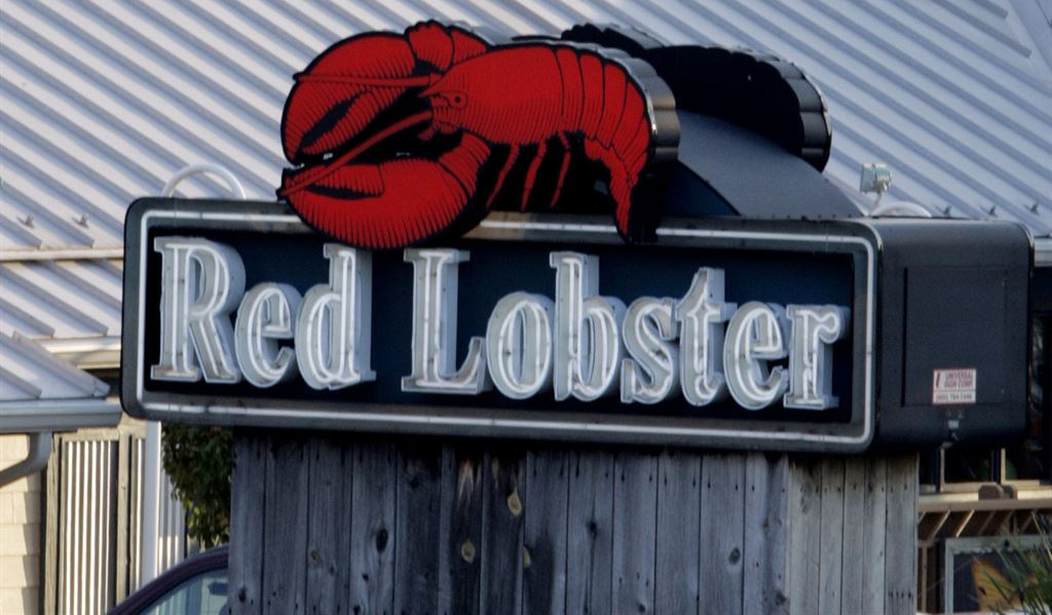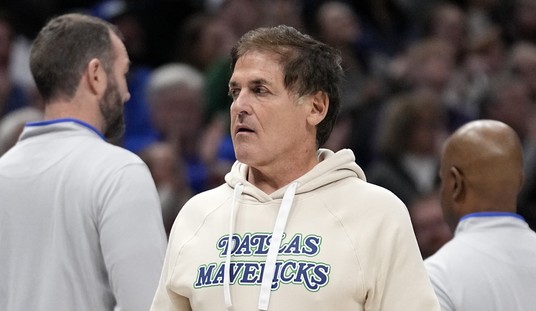I’ve never been to Red Lobster, but they’re everywhere, at least for now. It’s the nation’s largest seafood chain, and it got cooked over various factors, but one consumer deal appears to have been the straw that broke the camel’s back: the “all you can eat” shrimp deal.
The corporate brass thought this pitch could be the draw to turn around the chain. Instead, it cost them millions, leading to yesterday’s news that Chapter 11 bankruptcy is imminent and will be filed before Memorial Day. Hundreds of millions of dollars in debt are set to be restructured, with dozens of locations slated for closure (via WSJ):
Red Lobster is literally going bankrupt because people took “all you can eat shrimp” too literally pic.twitter.com/KYGbZP32v3
— Saagar Enjeti (@esaagar) May 14, 2024
🚨#BREAKING: Red Lobster, the largest U.S. seafood restaurant chain known for its seafood and famous cheesy biscuits are getting ready to file for chapter 11 bankruptcy as early as next week after suddenly closing dozens of restaurants. pic.twitter.com/vgl260108j
— R A W S A L E R T S (@rawsalerts) May 15, 2024
The biggest U.S. seafood restaurant chain is preparing to file a chapter 11 bankruptcy petition in Orlando, Fla., before Memorial Day, the people said. The company aims to use the bankruptcy process to negotiate concessions from landlords and strike a deal with creditors to continue operating, moves that could trim hundreds of millions of dollars in debt, they said.
Known for its cheddar biscuits and popcorn shrimp, Red Lobster recently closed dozens of its roughly 650 U.S. locations, the people said. Some of the closed locations spanned around 20 states and included restaurants in Denver, San Diego, Indianapolis, San Antonio and Orlando, according to Red Lobster’s liquidator. Orlando is home to the chain’s U.S. headquarters.
Red Lobster, one of the biggest U.S. full-service restaurant chains by sales, did $2.2 billion in domestic business last year, down 8% from 2022, the market research firm Technomic estimated. Technomic ranked Red Lobster as the 41st-largest U.S. restaurant chain by domestic sales last year, down from 24th in 2013.
[…]
Restaurant chains are struggling with declining customer traffic as consumers, especially low-income diners, pull back on spending. Many casual-dining chains depend on visits from consumers with incomes of $50,000 or less, a segment of Americans who have in particular reduced visits or ordered fewer items when eating out, industry data shows.
Red Lobster, one of the first U.S. casual-dining chains and an innovator in the sector, suffered from strategic challenges. An all-you-can eat shrimp deal that executives hoped would turn the chain around contributed to millions of dollars in losses.
Recommended
Do you know how bad things must be for Red Lobster to go under? Yet, we’re told the economy is booming, GDP is solid, and inflation is decreasing. It’s the opposite on all fronts.

























Join the conversation as a VIP Member